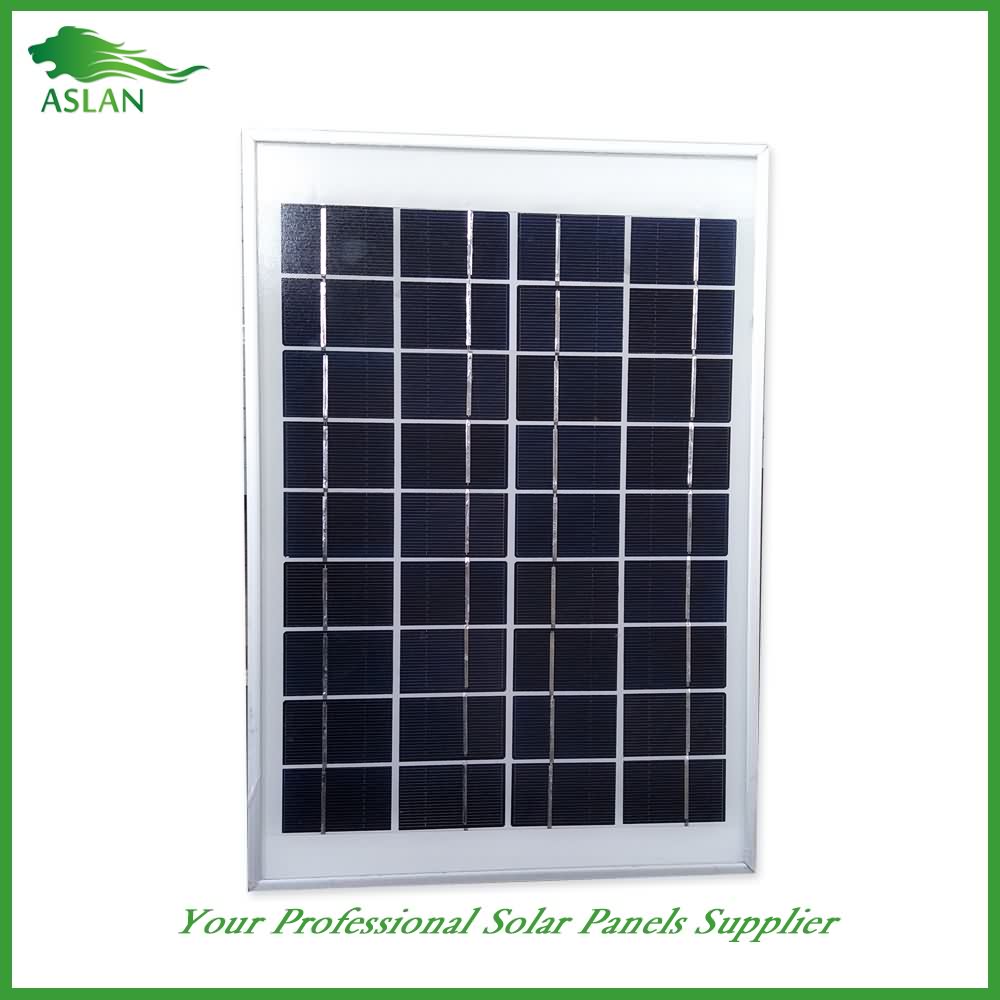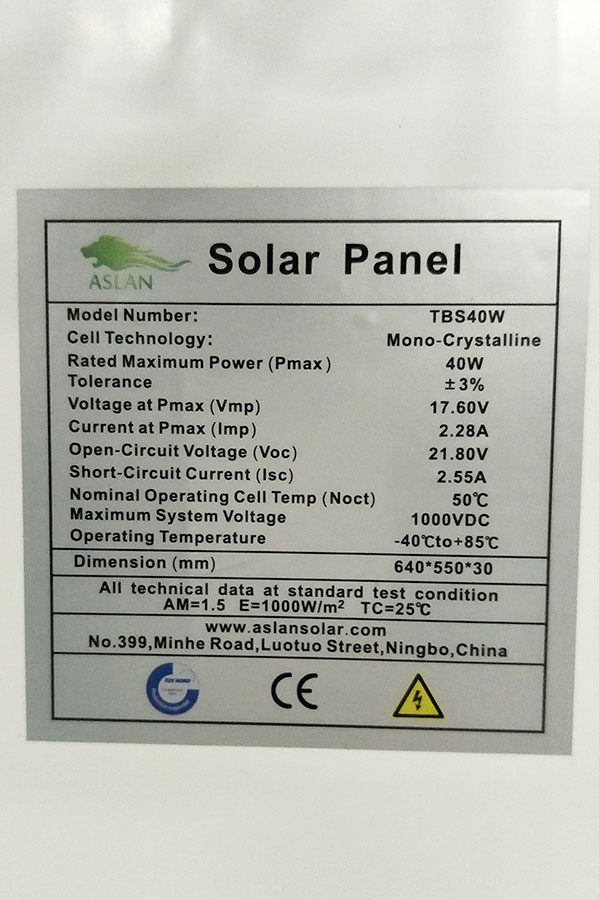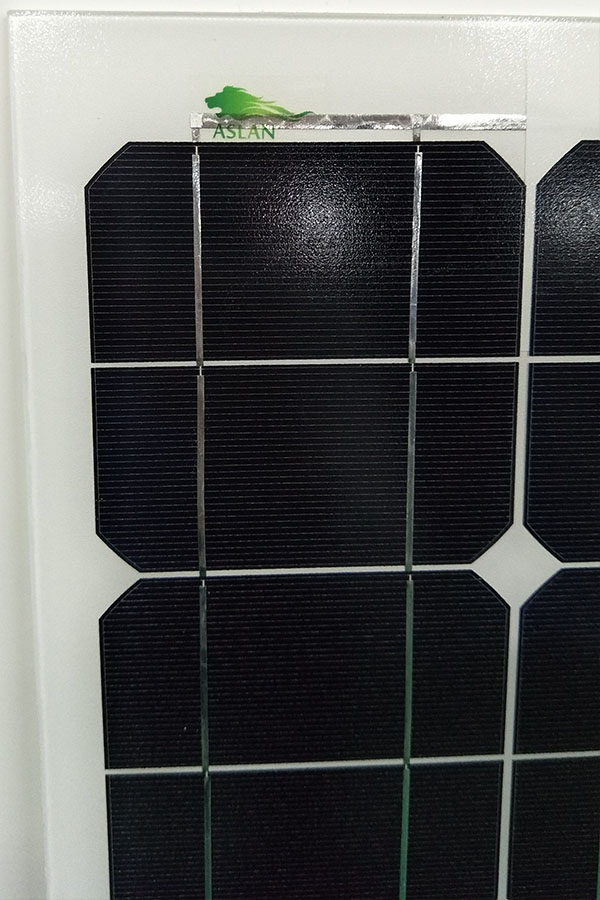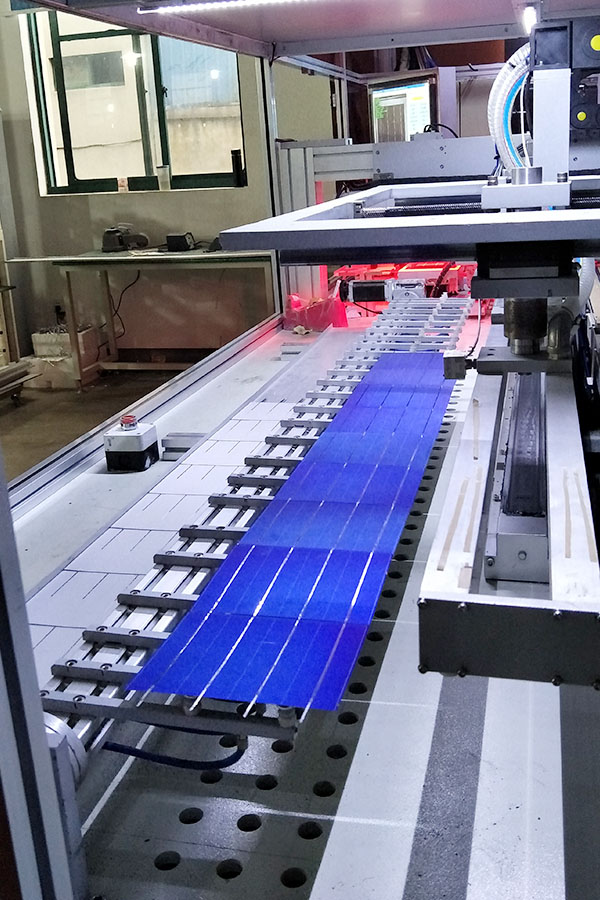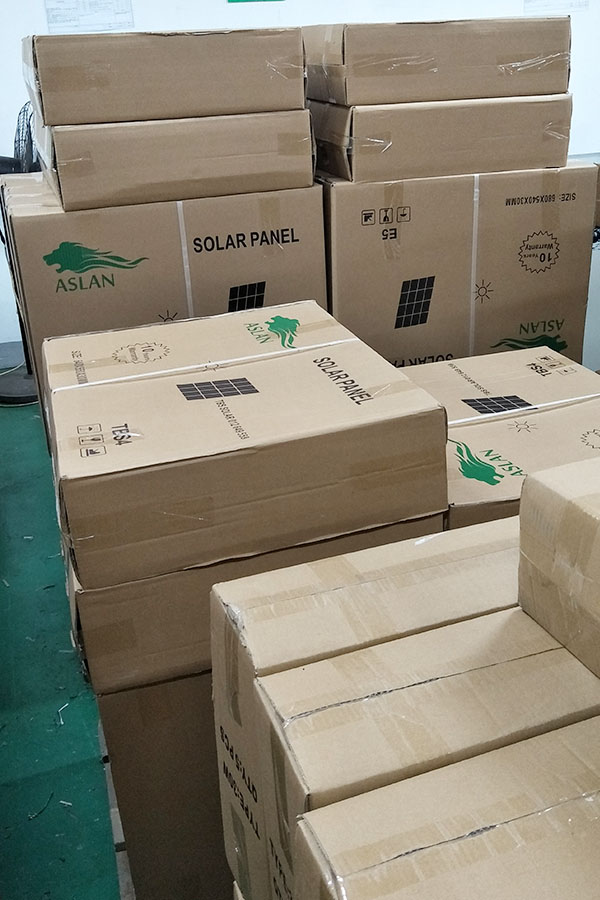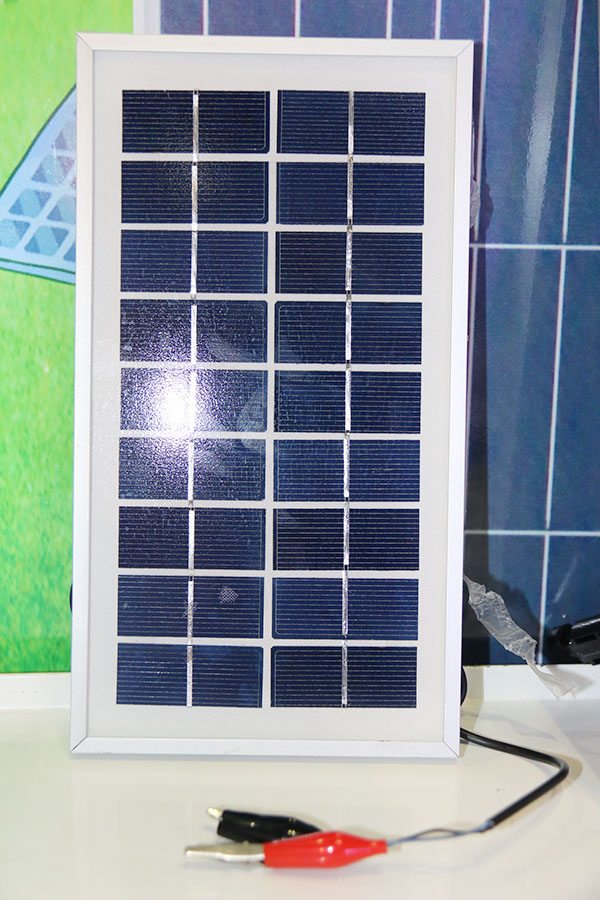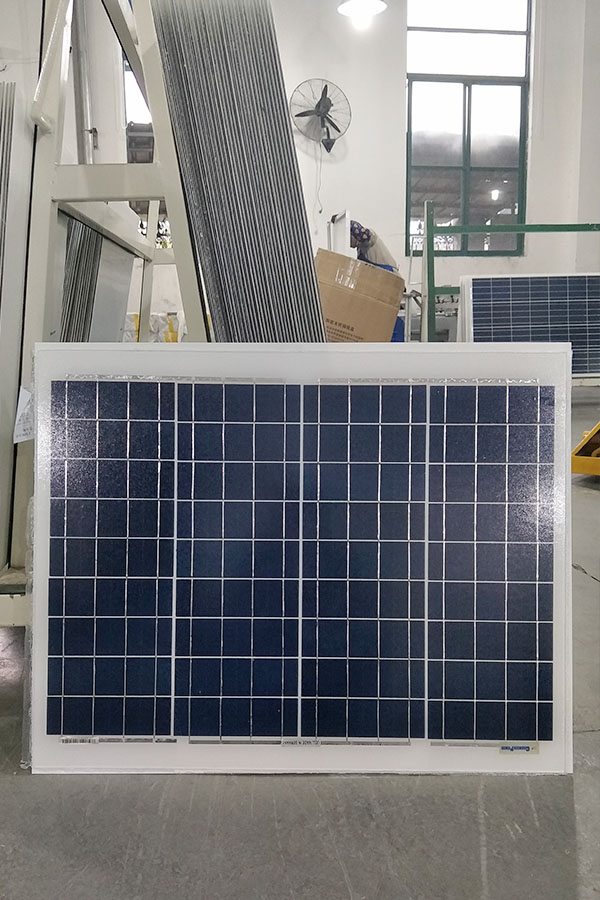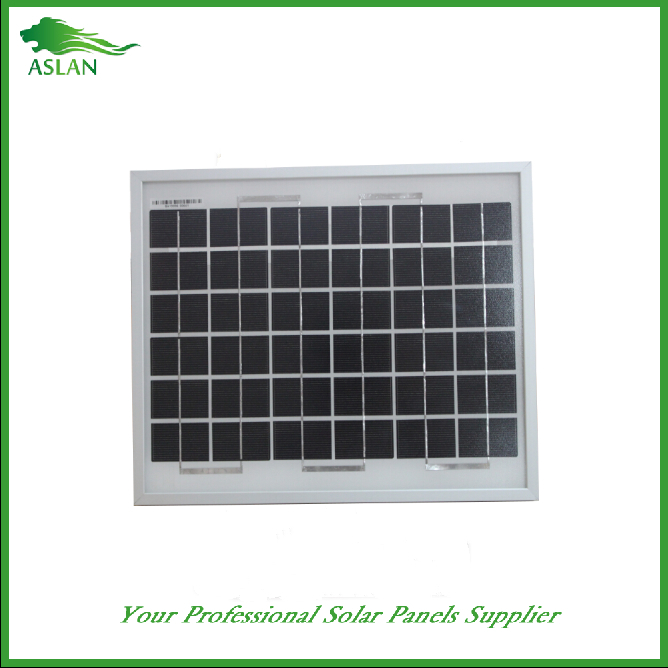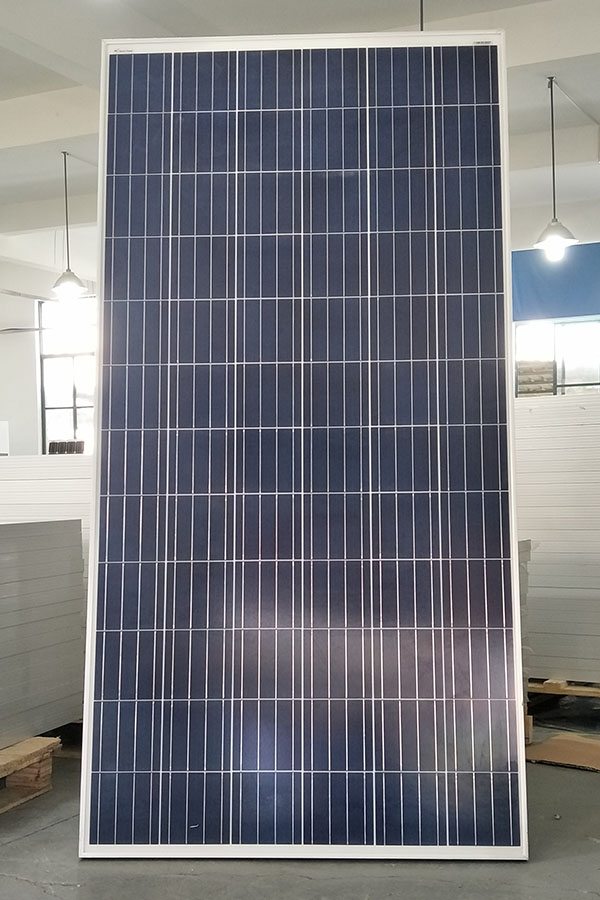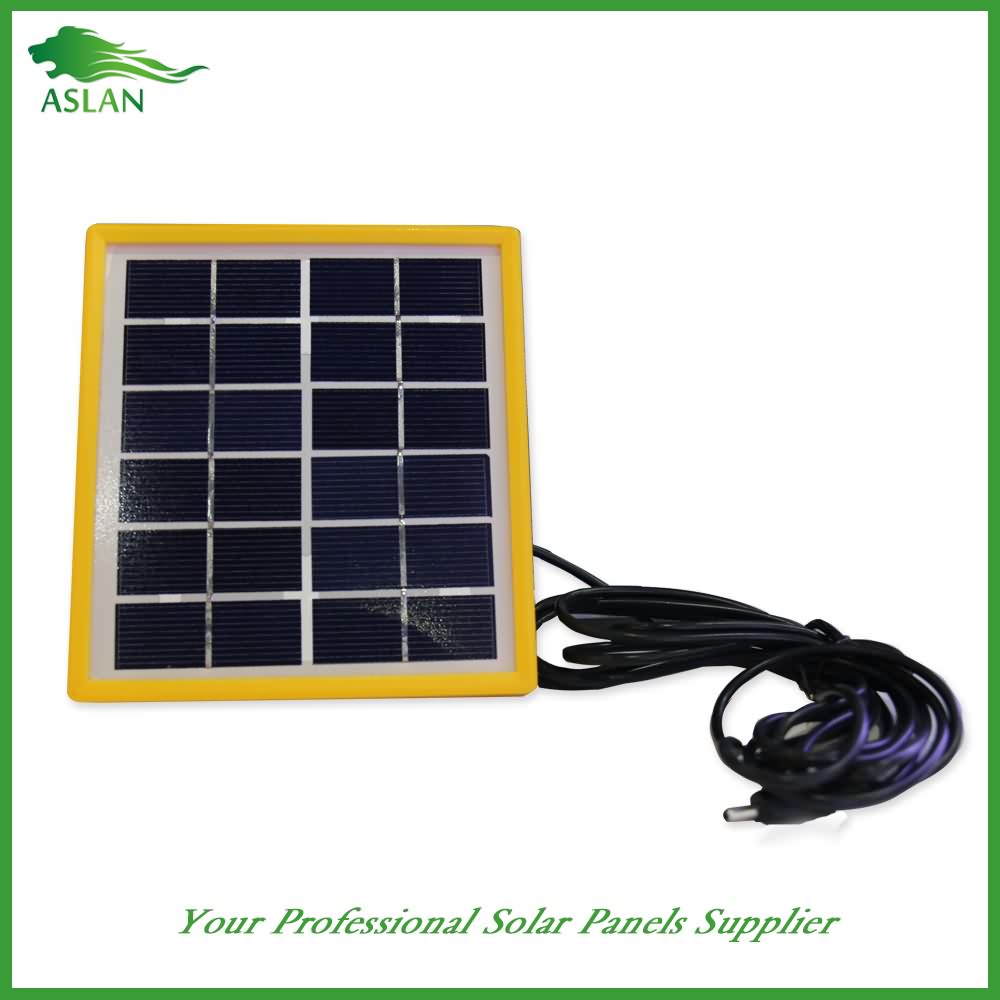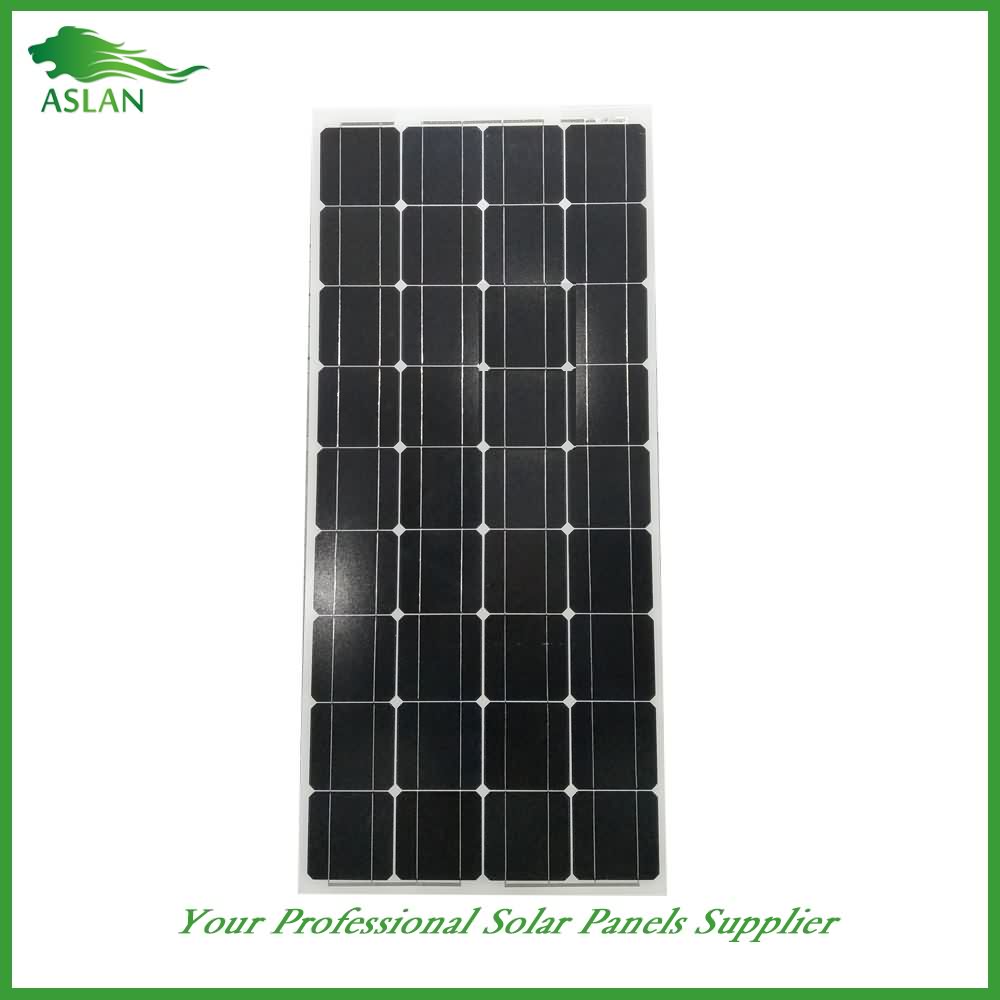10 Years Factory Poly-crystalline Solar Panel 5W to Eindhoven Factories
Short Description:
"Sincerity, Innovation, Rigorousness, and Efficiency" is the persistent conception of our company for the long-term to develop together with customers for mutual reciprocity and mutual benefit for 10 Years Factory Poly-crystalline Solar Panel 5W to Eindhoven Factories, We warmly welcome business partners from all walks of life, expect to establish friendly and cooperative business contact with you and achieve a win-win goal.
Poly-crystalline Solar Panel 5W
Technical parameter
Maximum Power(W) 5W
Optimum Power Voltage(Vmp) 9V
Optimum Operating Current(Imp) 0.56A
Open Circuit Voltage(Voc) 10.8V
Short Circuit Current(Isc) 0.62A
Mechanical Characteristics
Cell Type Polycrystalline
No of Cell 18 (3x6pcs)
Dimensions 175x270x18mm
Weight 0.65KGS
Front Glass 3.2mm,High Transmission, Low Iron,Tempered Glass
Temperature and Coefficients
Operating Temperature(°C): -40°C ~ + 85°C
Maximum System Voltage: 600V(UL)/1000V(IEC) DC
Maximum Rated Current Series: 10A
Temperature Coefficients of Pmax: -0.435%
Temperature Coefficients of Voc: -0.35%
Temperature Coefficients of Isc: 0.043%
Nominal Operationg Cell Temperature (NOCT): 47+/-2°C
Materials of solar panel
1).Solar Cell——Polycrystalline solar cell 156*156mm
2).Front Glass——-3.2mm, high transmission, low iron, tempered glass
3).EVA——-excellent anti-aging EVA
4).TPT——-TPT hot seal made of flame resistance
5).Frame——anodized aluminum profile
6).Junction Box——-IP65 rated, high quality, with diode protection
Superiority: high quality anodized aluminum frame, high efficiency long life, easy installation, strong wind resistance, strong hail resistance.
Features
1. High cell efficiency with quality silicon materials for long term output stability
2. Strictly quality control ensure the stability and reliability, totally 23 QC procedures
3. High transmittance low iron tempered glass with enhanced stiffness and impact resistance
4. Both Poly-crystalline and Mono-crystalline
5. Excellent performance in harsh weather
6. Outstanding electrical performance under high temperature and low irradiance
Quality assurance testing
Thermal cycling test
Thermal shock test
Thermal/Freezing and high humidity cycling test
Electrical isolation test
Hail impact test
Mechanical, wind and twist loading test
Salt mist test
Light and water-exposure test
Moist carbon dioxide/sulphur dioxide
Africa’s population explosion presents humanity us with a once-in-our-species chance to make our fastest growing area leapfrog the dirty fuels of the past to instead embrace the renewable energy of the future.
Subscribe to TDC:
https://www.youtube.com/TheDailyConversation/
Video based on this article in Nature:
http://www.nature.com/news/can-wind-and-solar-fuel-africa-s-future-1.20907
Video by Bryce Plank and Robin West
Music:
“Disturbances” by Matt Stewart-Evans:
https://www.facebook.com/Matthew.Stewart.Evans
“Ambitions” by Glimpse:
Script:
The total population of Africa is projected to roughly quadruple to about four billion by 2100, driving the total global population past 11 billion. Producing all the energy that all these people will use could obliterate any efforts we’re now making to battle climate change. But Africa’s population explosion is also a tremendous opportunity, because all the power plants where all these people will get all their electricity from haven’t been built yet.
This means humanity is now being presented with a once-in-the-lifetime-of-our-species shot to make our planet’s fastest growing region leapfrog the dirty fuels of the past, to embrace a future of clean, renewable energy.
This is how that optimistic vision of the future can become reality.
The residents of Zambia don’t need any reminders that climate change threatens their way of life. The region is suffering its worst drought in 35 years, that’s big trouble for a country that gets nearly all of its power from the force of water passing through three hydroelectric dams. No water means no electricity, and no electricity means blackouts that have frequently brought commerce and productivity to a standstill, gutting the Zambian economy and causing many to lose their jobs.
All across Africa, country are confronting the same problem: a constant lack-of-power. Sub Saharan Africa — all 910 million people — consume less electricity than the 4.8 million people of Alabama. Overall, more than half of all Africans have no access to electricity.
But this is changing, thanks to the emergence of renewable energy. The cost of building larger-scale solar panel and wind turbine farms continues to plummet, making governments and utilities more likely to choose them over traditional sources like hydro, coal, nuclear or natural gas. As we saw with the water shortage in Zambia — or the nuclear meltdown a few years ago after the earthquake in Japan — power stations of the past are less reliable, more expensive, far worse for our environment, and slower to build.
So this seems like a no-brainer, Africa needs to go green, baby! There’re just three problems.
One, until now planners have lacked the necessary data to identify where to develop wind and solar projects that are socially equitable, have low-environmental impact, and are most cost-effective. This problem was recently tackled by a groundbreaking study of 21 countries that combined satellite and ground measurements with geospatial data on roads, towns, and existing power lines. It provides the first blueprint for where wind and solar projects should be built to maximize their effectiveness.
The study also revealed Africa’s eye-opening, untapped potential for renewable energy generation. There are an estimated 550 million megawatts of potential solar and wind power spread across the continent, just waiting to be harvested. That’s 3,700 times as much electricity as Africa currently consumes.
That’s so much extra energy, that Africa should aim to be powered 100% by renewables by 2050. It’s even possible for Africa to become a clean energy exporting superpower by sending its abundant surpluses of electricity to Europe; the Middle East, India and the rest of Asia; and even the Americas.
Of course, this is dependent on overcoming the second major challenge: the continent’s completely inadequate power grid. Modernizing it to connect clean power stations with cities all over Africa will be a long-term megaproject costing tens of billions of dollars in the coming decades.
For fast-growing urban areas — like Lagos, Cairo, Kinshasa, Mogadishu, and Johannesburg — uninterrupted electricity is critical for the emerging industries that will fuel economic growth and provide jobs for billions.
On the other hand, most Africans currently live in small villages and towns, so their energy needs can be met by inexpensive solar and wind turbine systems that are located on-site, but are disconnected from the main grid.
The challenge will be connecting cities — where more and more people are moving — with the mega-power stations that will often be built far away, in geographical sweet spots to maximize the amount of harvestable solar rays and wind gusts.
Clip-on fan that works on solar power. Made using a binder clip so that you can clip it onto anything. The small solar panel from www.myecoday.com costs Rs.100/-. Thats the full cost of the project ![]()
